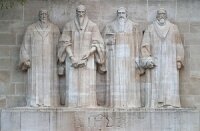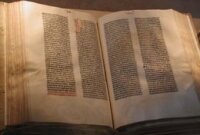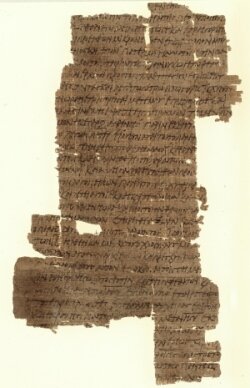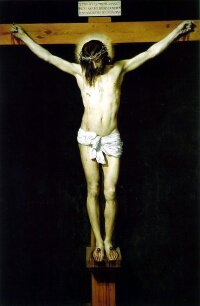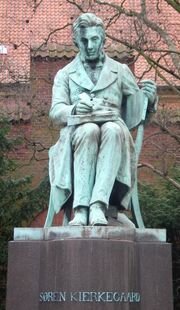 Sanctification or in its verb form, sanctify, literally means "to set apart for special use or purpose," that is, "to make holy or sacred" (from the Latin verb sanctificare, which in turn derives from sanctus, "holy" and facere, "to make"). The Greek word is agiasmos (Greek: άγιασμος), meaning "consecration, holiness, or sanctification." It comes from the root agios (άγιος), which means "holy devoted to the gods." Sanctification then, refers to the state or process of being set apart or made holy. What is often missed, or overlooked, is the relational aspect that is associated with the word sanctification.
Sanctification or in its verb form, sanctify, literally means "to set apart for special use or purpose," that is, "to make holy or sacred" (from the Latin verb sanctificare, which in turn derives from sanctus, "holy" and facere, "to make"). The Greek word is agiasmos (Greek: άγιασμος), meaning "consecration, holiness, or sanctification." It comes from the root agios (άγιος), which means "holy devoted to the gods." Sanctification then, refers to the state or process of being set apart or made holy. What is often missed, or overlooked, is the relational aspect that is associated with the word sanctification. 14 Jesus returned to Galilee in the power of the Spirit, and news about him spread through the whole countryside. 15 He taught in their synagogues, and everyone praised him.16 He went to Nazareth, where he had been brought up, and on the Sabbath day he went into the synagogue, as was his custom. And he stood up to read. 17 The scroll of the prophet Isaiah was handed to him. Unrolling it, he found the place where it is written:
18 "The Spirit of the Lord is on me, because he has anointed me to preach good news to the poor. He has sent me to proclaim freedom for the prisoners and recovery of sight for the blind, to release the oppressed, 19 to proclaim the year of the Lord's favor." [see Isaiah 61:1,2]20 Then he rolled up the scroll, gave it back to the attendant and sat down. The eyes of everyone in the synagogue were fastened on him, 21 and he began by saying to them, "Today this scripture is fulfilled in your hearing."
(Luke 4:14-21]
More...

